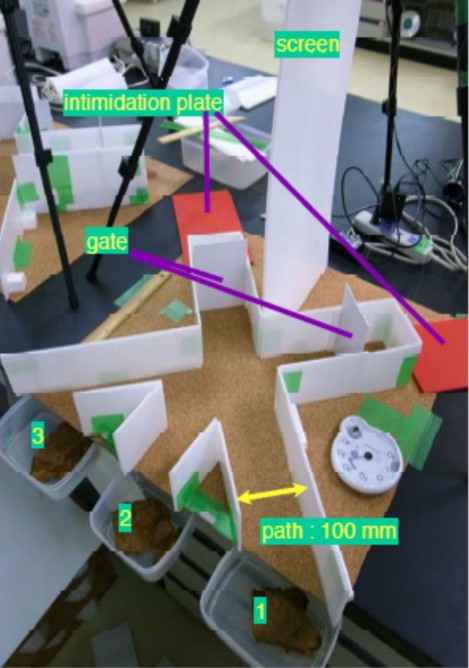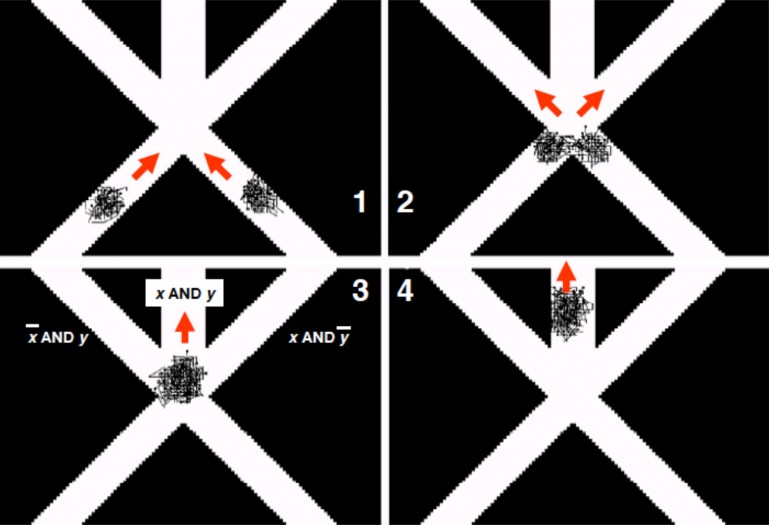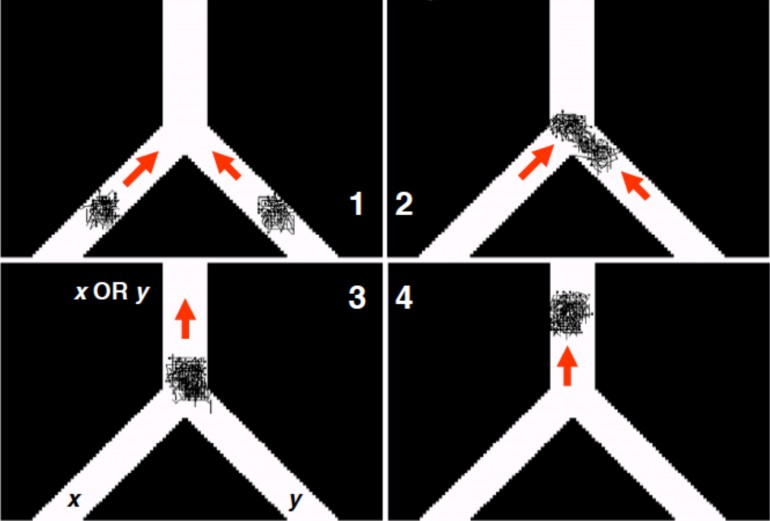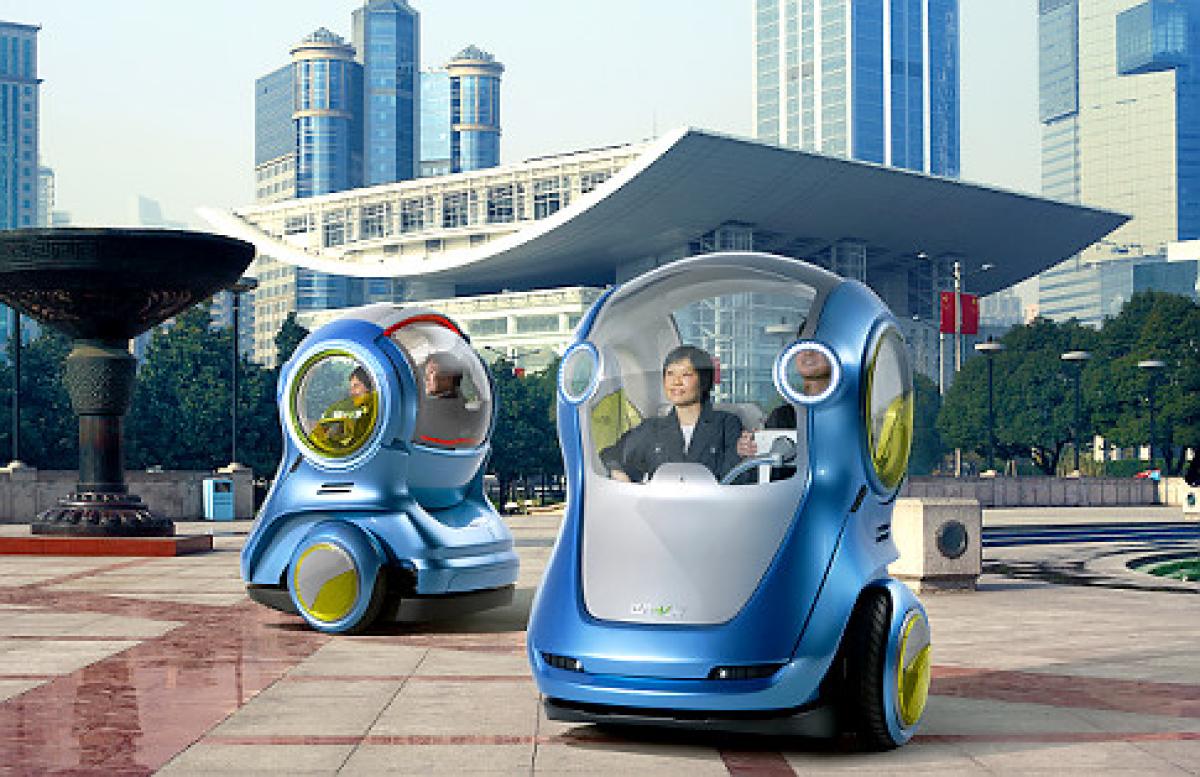As a Japanese team has demonstrated recently, computers do not always imply electricity or microcircuits. Instead, they could very well rely on living organisms, more particularly on crabs.
Computers represent an older concept than one might think, as the ancient Greek computer known as the Antikythera mechanism demonstrated a while ago. At first, it might be difficult even to imagine how crabs could be integrated into a computing device, but the logic gates created by the Japanese team makes the concept quite easy to apprehend.

The Australian soldier crab (Mictyris longicarpus) pictured above was one of the main protagonists in this project, as seen on GizMag. Apparently, this particular species of crabs exhibits a natural behavior of designing and building logic gates. The Japanese scientists at Kobe University noticed this fact and since this is the very principle on which analog computers rely, they decided to check if the crabs display the same behavior in controlled conditions. The Australian soldier crabs display a specific manner of movement when they sense a threat, and this is precisely what made them the perfect candidates for this project.

Pictured above is one of the logic gates designed by the Kobe team, in which the behavior of the Australian soldier crabs was assessed.

The crab computer OR gate exemplified what happens when two swarms of crabs meet at a junction. Instead of colliding and fighting each other, the two swarms merged and continued their “journey” at the combined angle of the initial paths. One of the most interesting aspects of this experiment is that if a single swarm is placed on one of the lower legs of the maze, it will still go on the upper leg, instead of going on the symmetrical leg. In nature, this behavior might be related to self-preservation, as going down the other leg could lead to the thread that initiated the run in the first place.

Next, the Japanese researchers wanted to see what would happen in the case of an AND logic gate. In this scenario, the maze had an X shape, with an additional vertical fifth leg originating in the center. One swarm of Australian soldier crabs was released in each of the lower legs of the maze. When meeting each other, the swarms did not go on separate ways, but instead they combined and went on the vertical leg. If only one swarm is released in any of the lower legs, it will continue on the opposite leg.
These two experiments are merely the starting point of what might soon be fully fledged computers based on crabs. The Japanese researchers intend to build more complex logic gates with these Australian soldier crabs, so we shouldn’t be surprised if one day the seafood will be more valuable for IT companies rather than for restaurants.
If you liked this post, please check this crustacean cake and the C.R.A.B robotic system that will assist cops and militia one day.










